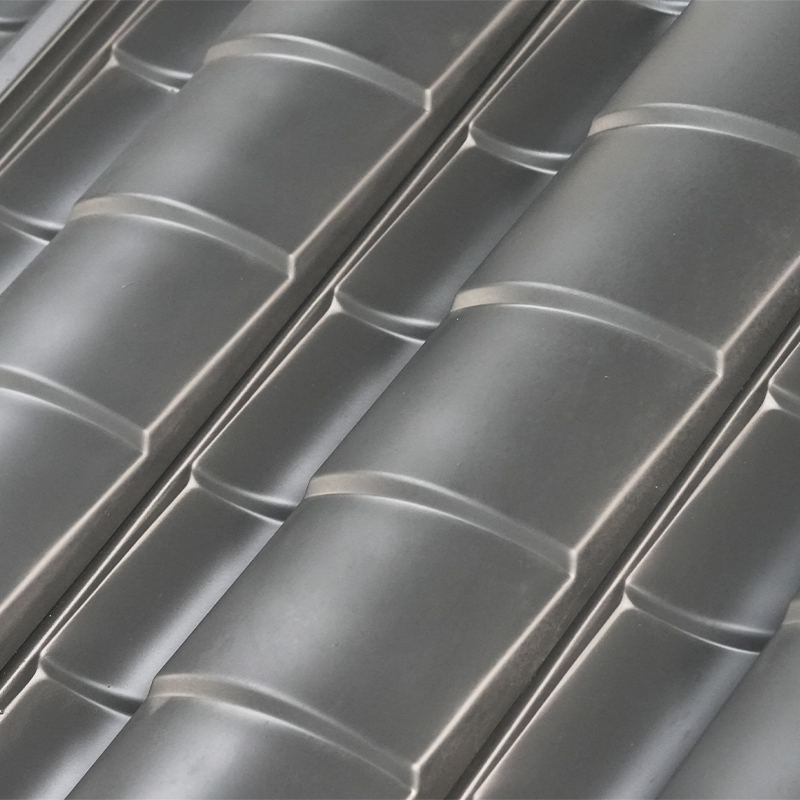An aluminum panel and an aluminum composite panel are two commonly used materials in construction, architecture, and various industrial applications, yet they differ significantly in their structure, composition, physical properties, and practical uses. An aluminum panel is typically a single, solid sheet made entirely of aluminum metal. It offers the inherent qualities of aluminum, such as lightweight nature, excellent corrosion resistance, durability, and good mechanical strength. These panels are often produced in various thicknesses and can be surface-treated through processes like anodizing, powder coating, or painting to enhance their aesthetic appeal and environmental resistance. Because aluminum panels are made from pure metal, they provide a uniform and robust metallic surface that is favored for exterior building facades, interior walls, ceilings, signage, and other applications where a metal finish is desired. The solid structure of aluminum panels allows them to bear mechanical stress well, resist dents to a certain extent, and maintain long-term structural integrity in outdoor environments.
In contrast, an aluminum composite panel, sometimes abbreviated as ACP, is a layered or sandwich-type material composed of two thin outer aluminum sheets bonded to a core made of a different, typically lightweight material. The core is most often polyethylene (PE) or a mineral-filled fire-resistant core designed to improve safety standards. This composite construction creates a material that combines the visual and surface qualities of aluminum with the benefits of the core material. The presence of the core dramatically reduces the overall weight compared to a solid aluminum sheet of equivalent thickness, which makes aluminum composite panels easier and more cost-effective to transport and install, especially when covering large surface areas. Additionally, the sandwich design provides superior rigidity and flatness, allowing the panels to maintain their shape and resist warping or bending across broad spans. This characteristic makes aluminum composite panels highly suitable for modern architectural designs, where large, flat, and lightweight panels are needed.
Furthermore, aluminum composite panels often outperform solid aluminum panels in terms of thermal insulation and acoustic properties. The core material acts as a barrier to heat transfer, helping to improve energy efficiency in building envelopes by reducing heat gain or loss. Similarly, the composite structure can dampen sound transmission better than a single metal sheet, contributing to improved indoor comfort. Another important aspect is the greater flexibility and versatility that aluminum composite panels offer in design and fabrication. They can be easily cut, bent, or shaped to fit complex curves and three-dimensional architectural forms, which is difficult to achieve with solid aluminum panels due to their uniform metal thickness and mechanical properties.
From a cost perspective, aluminum composite panels tend to be more economical than solid aluminum sheets when used for large projects. This is because the core material is less expensive than aluminum, and the panels’ reduced weight lowers shipping and handling expenses. However, the type of core used in aluminum composite panels is critical, especially regarding fire safety regulations. While polyethylene cores offer good cost and weight benefits, they are combustible, which limits their use in some building applications. Mineral-filled or fire-retardant cores have been developed to meet stricter fire codes, making those aluminum composite panels suitable for a wider range of environments.
While both aluminum panels and aluminum composite panels share the common element of aluminum surface layers and are valued for their metallic look and corrosion resistance, they differ fundamentally in structure and performance. Aluminum panels are solid metal sheets that provide strength, durability, and a straightforward metallic finish. Aluminum composite panels consist of a sandwich structure with aluminum skins bonded to a lightweight core that offers enhanced rigidity, thermal insulation, design flexibility, and lighter weight. These differences influence how each material is chosen and applied in architectural and industrial contexts, with aluminum composite panels increasingly favored for their versatility, efficiency, and adaptability in modern construction projects.





 English
English русский
русский Español
Español عربى
عربى















